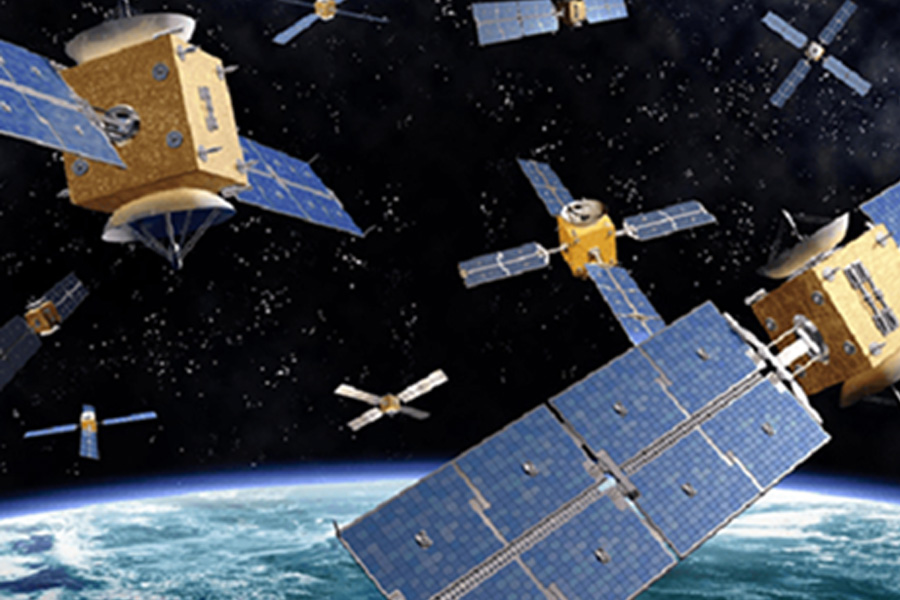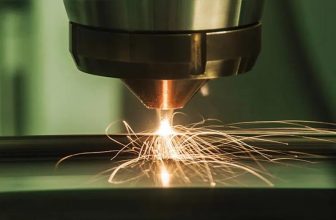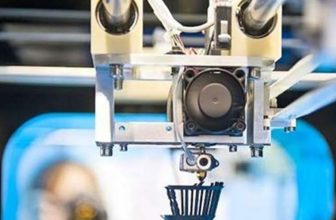
In the early days of Additive Manufacturing (AM), the technology focused on design and rapid prototyping applications. Recently, additive manufacturing technology is gradually being applied to manufacture high-performance mechanical parts from refractory and technical materials.
This is particularly common in space and aerospace engineering, where the combination of affordability, versatility, speed and precision make additive manufacturing an ideal choice.
Its ability to print refractory materials in lightweight structures makes it an attractive method, providing high-temperature performance that accounts for only a small fraction of the weight of traditionally manufactured refractory metal parts.
This article will outline the key advantages of additive manufacturing compared with traditional subtractive manufacturing, and how to realize these advantages to change the landscape of aerospace engineering.
NASA tested the rocket ejector design in 2013. In these tests, the small-scale injectors experienced temperatures exceeding 3300°C and extreme pressures for more than 46 seconds while burning hydrogen and liquid oxygen.
The test was successful. An engineer in charge of testing explained that these new components “work well” and can cope with extreme conditions without showing signs of failure. Even better, these high-performance parts are produced through a one-step additive manufacturing process.
NASA’s previous small-scale jets used for these tests were manufactured using the traditional “subtractive” method: machining and milling bulk materials and joining the parts together. The previous injectors cost $10,000 each to manufacture, had four parts, and took more than six months to manufacture. And additive manufacturing can not only produce new injector parts that are functionally indistinguishable, but also achieve this goal in less than three weeks and half the cost.
NASA’s fuel injectors are just one example of the many ways to apply additive manufacturing technology to space applications to improve manufacturing efficiency and component performance.
Advantages of additive manufacturing
When applied to aerospace engineering, additive manufacturing has many advantages. First, additive manufacturing makes it possible to construct parts with complex geometries, which will likely require highly specialized production methods.
Once several different processing steps are required, components such as NASA rocket injectors can now be manufactured through a consistent additive manufacturing process.
Researchers at the German Aerospace Center have recently developed and manufactured a reusable rocket engine prototype using AM manufacturing. The new additive manufacturing design reduces weight by 10%, reduces the number of parts from 30 to 1, and provides higher performance than the previous design.
Compared with traditional subtractive manufacturing methods, additive manufacturing can provide greater economic advantages. In fact, because the need to reassemble new parts or modify manufacturing procedures is eliminated, one machine can be used to efficiently produce components on demand, which means that economies of scale are easier to achieve.
AM can provide economies of scale for small batches (usually as low as one), which means manufacturers can order or produce parts on demand instead of ordering thousands of parts at once to improve economic efficiency.
Additive manufacturing is both a cost-effective and highly customizable method for producing large numbers of aerospace components. The key advantage of using additive manufacturing in aerospace applications is that it can be used to significantly reduce the number of components.
Additive manufacturing methods can easily produce components with closed cells, cavities and holes to greatly reduce the number of components. In contrast, subtractive manufacturing can almost only create “solid” parts with uniform density.
For example, data shows that the weight of satellite components manufactured by AM has been reduced by an astonishing 70%. This is not a trivial matter, because the number of satellite components is greatly reduced, which greatly reduces the amount of fuel required to launch the satellite and manipulate the satellite when it reaches orbit.
The importance of minimizing weight per gram in space applications is self-evident. AM provides a way to reduce the weight of existing components without compromising performance. This is especially important when high-performance parts need to be produced from dense technical metals and refractory materials.





